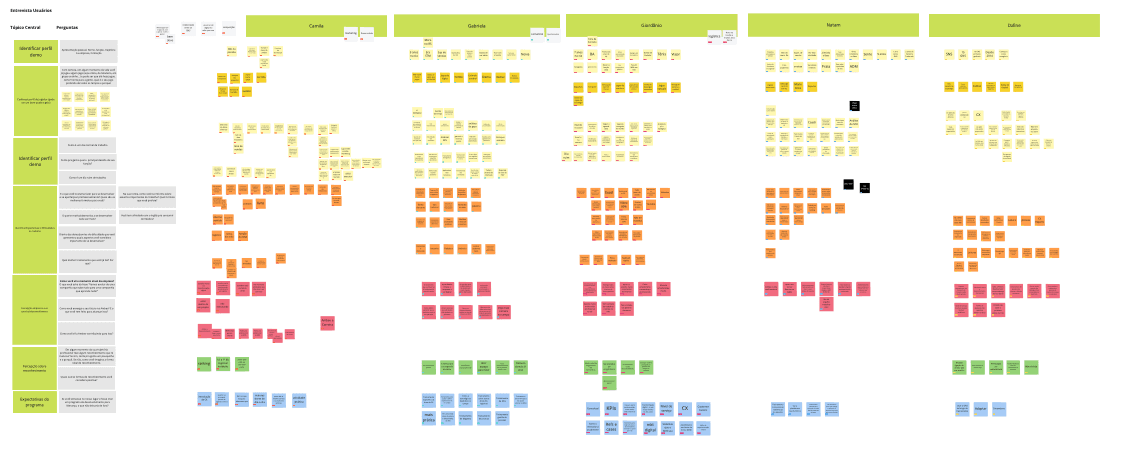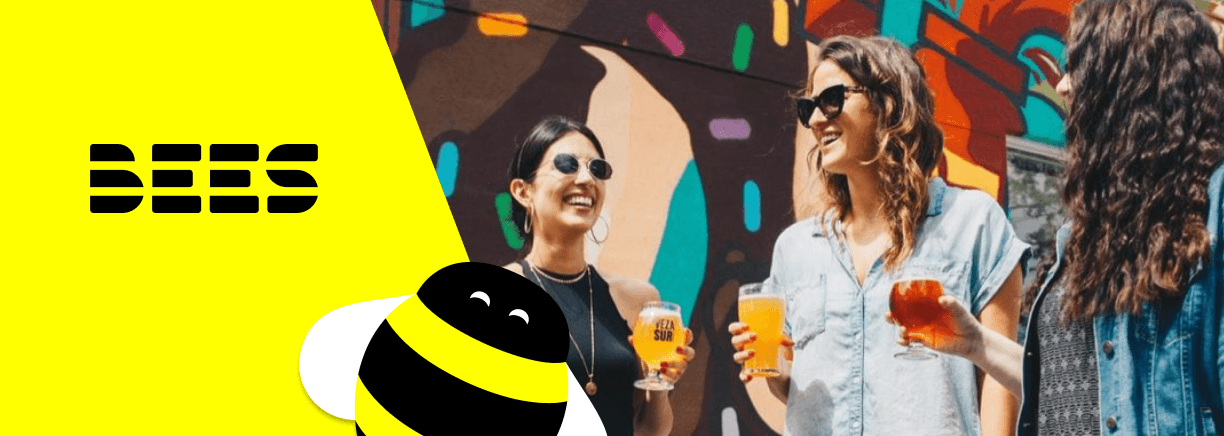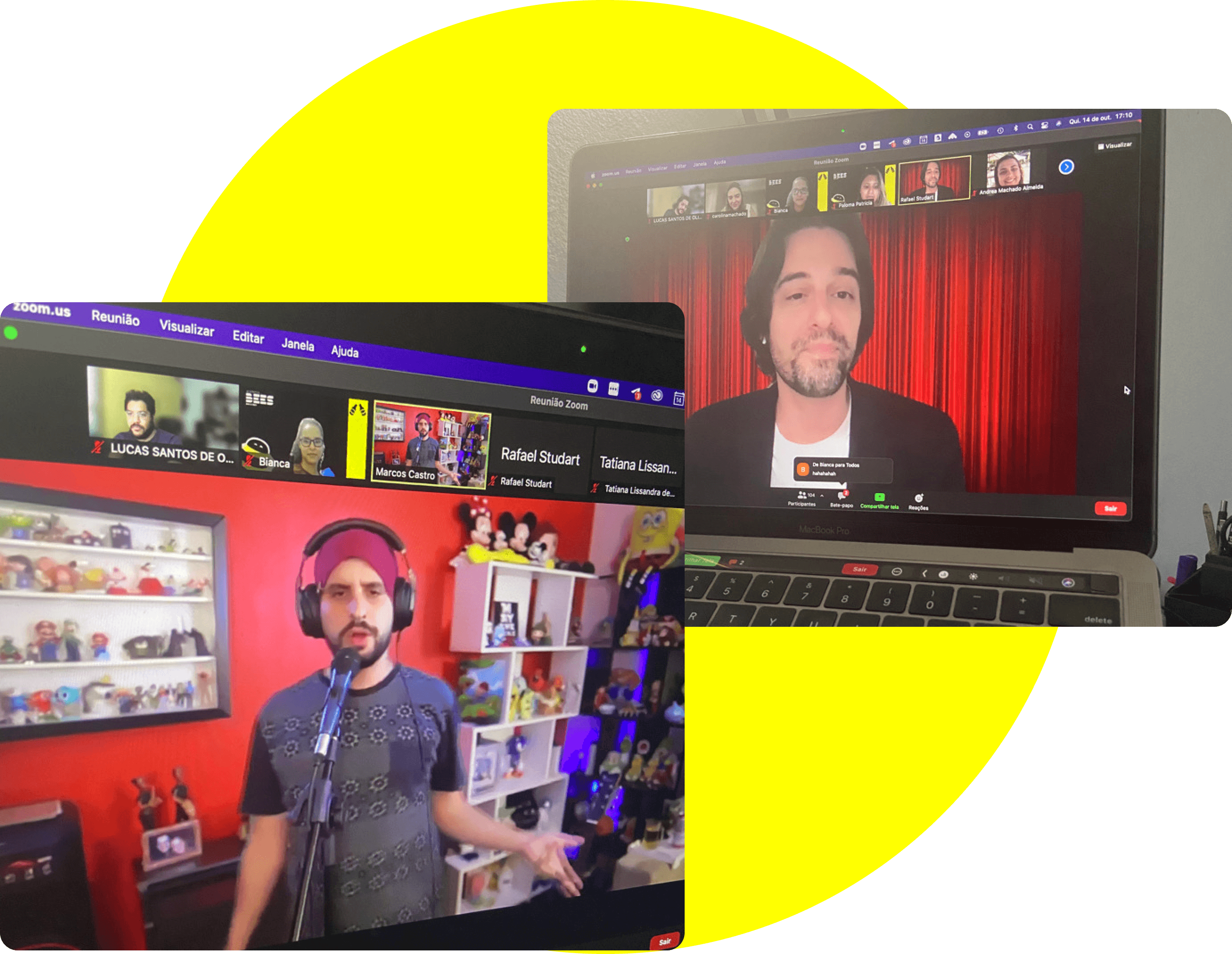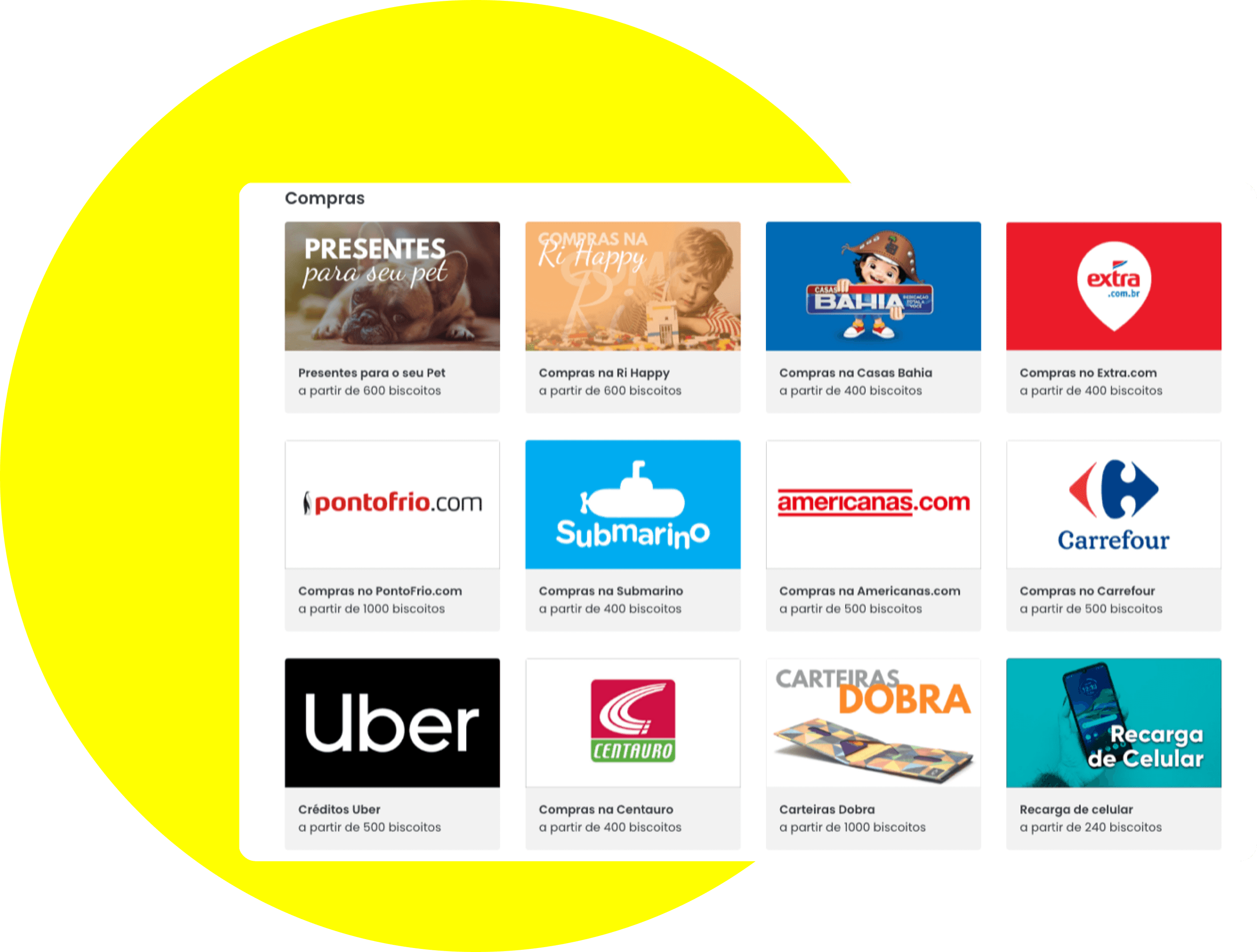Project Details
What I've done in the project
Client details
Understanding the company
About
Ambev, a Brazilian brewery under the Anheuser-Busch InBev umbrella, holds the title of the world's biggest beer producer, dominating roughly 69% of Brazil's market. The company is currently transitioning toward a more digitalized sales and distribution system. The Service Level department's management requires education on digital transformation processes.
Design Challenge
Utilizing the Design methodology for creating a training course for Service Level Management leaders. The course required to:
- Maintain strong alignment with leadership
- Increase value and excellence in the program
- Boost interaction through gamification strategies
- Develop ways to verify learning outcomes
Research
Key Observations
Asking the right questions
Research Goals
Conducting stakeholder discussions to grasp expectations and strategic directives regarding the service.
Understanding the internal consulate processes
Identifying the stakeholders responsible for the overall experience
Evaluating the functionalities and limitations of the legacy systems
Identifying pain points and challenges in the existing processes
User Research
A dedicated task force was formed for discovery, engaging in multiple workshops with MFA staff.
Mapping the entire journey of consulate services to identify actors, touchpoints, and critical moments.
Cataloging the services currently supported by the legacy systems.
Conversations with management to gain insights into the future vision and the rationale behind the development of e-Consular.
A thorough reassessment of the journey components and actions taken.

Different Perspectives
We observed three different perspectives regarding how they approach problems and what motivates them.

Practical Vision
This perspective represents employees who tend to manage problems and pain points with practicality and agility in their day-to-day activities. Their intention is not to let problems impact the results and performance.
Motivators
High competition
Recognition through rankings and rewards
Results-oriented

Critical Vision
This group represents employees who are passionate about the company and dedicate themselves entirely to their roles. Consequently, they take a more critical and detailed approach to the company's pain points, demanding faster solutions for the problems.
Motivators
Medium competition
Recognition through means other than rankings
Genuine appreciation
Development focused on results

Curious Vision
Primarily includes individuals who are newly appointed to the position, but not necessarily new to the company. These employees present a practical and critical perspective toward the company and its context but prioritize the pain points related to their onboarding and adaptation to the position.
Motivators
High competition
Recognition through rankings
Results beyond numbers
Different Perspectives
We observed three different perspectives regarding how they approach problems and what motivates them.

Solution
Ideation Process
Let's make some ideas
Ideation
The ideation was centered around the creation of the interaction flow of the application process.
This approach allowed us to generate wireframes that captured the desired user experience and system functionality.


Ideation Process
Let's make some ideas
Integrations
We planned moments to foster interaction among the participants through social gatherings. The main purpose was to promote recognition, engagement, and motivation within the team.
Individual and Collective Rankings
To engage participants and make their performance clear, we disclosed general performance rankings weekly. Additionally, we created a collective ranking based on geographic regions, where the entire region needed to collaborate to achieve success.
Result Badges
At the end of each theme, participants received badges based on the percentage of completion of their tasks:
- Gold Badge: 100% completion
- Silver Badge: 75% completion
- Bronze Badge: 50% completion
The number of badges was tallied by the team to create collective rankings presented during integrations.
Program Ambassadors
Participants who were highly recognized by their teams were named Ambassadors. This recognition valued their influence within the team and their engagement in the program. Ambassadors received surprise awards (mystery boxes) during integrations.
Mystery Boxes
Mystery boxes were rewards designed to create engagement through curiosity about their contents and their limited availability. These rewards were used to recognize the Ambassadors.
Marketplace
At certain points in the journey, participants could exchange points for limited vouchers to be used in various stores and services.





